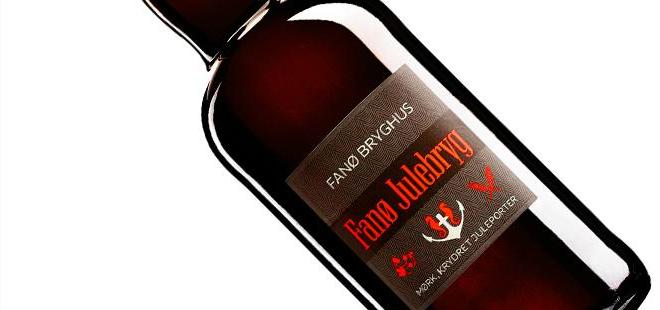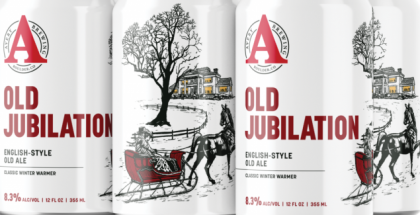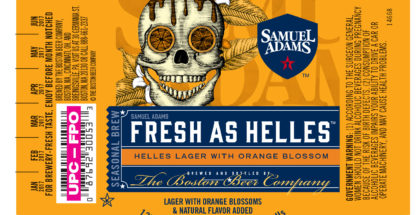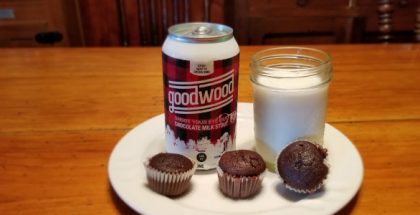Fanø Julebryg — Fanø Bryghus
ABV 7.5%
I’m a sucker for a label I can’t read; it lends an air of even greater mystery to the unknown beer I’m about to drink. Lately I’ve found myself gravitating toward the slashed O and puzzling consonant combinations of Danish beers, like Fanø Julebryg, which are showing up in greater numbers on the shelves of my neighborhood beer store in Paris. This is not really surprising, considering the rate at which craft beer has seduced the hearts and taste buds of northern Europe. Thankfully, it’s finally trickling down to France.
The craft beer scene has been gaining traction across Europe, notably in Scandinavia, where Copenhagen is arguably leading the way. The microbrewery scene started there in the 1990s, long before it came to other European countries like France, where craft beer has only recently entered the urban vernacular. One statistic I came across suggests that there is now one brewery for every 50,000 Danes, with new projects developing all the time. It would seem that Carlsberg has some competition.
Like American breweries, the Danish aren’t afraid to experiment. Gypsy brewer Mikkel Borg Bjergsø has made Mikkeller world-famous with projects like the Black Hole series and a 15-beer-and-counting single hop IPA series. Per Kølsters is growing and malting his own barley and raising bees for honey that he uses in his beer. Other breweries are tapping into Nordic heritage to turn out unique beers that have made it all the way to America in that good old Viking spirit of exploration.
After a rocky start in 2006–the brewery shut down two years later–Fanø Bryghus was reinvented in 2009 by head brewer Ryan Witter with the help of Shaun E. Hill, now of Hill Farmstead Brewery in Vermont. Fanø has been delivering a tasty range of beers ever since.
Fanø Julebryg, the brewery’s seasonal beer, was the first to go on tap in 2009. This porter is brewed with the ingredients of Christmas: coffee, vanilla and a hint of cinnamon. You can just see the snow glistening outside and smell the cookies baking can’t you? This beer is definitely better served a little warm, which helps coax out all that yuletide flavor. It pours black as a long winter night, topped by a little rush of golden foam that dissipates as fast as the winter sun. This is a profoundly dark beer with surprising lightness and balance. The malty aroma gives way to roasted coffee flavors with no cloying sweetness and a pleasant bitterness on the finish. I found that it went very well with a ganache-filled chocolate, a perfectly decadent combination to celebrate the passing of another year.







Submit a Comment